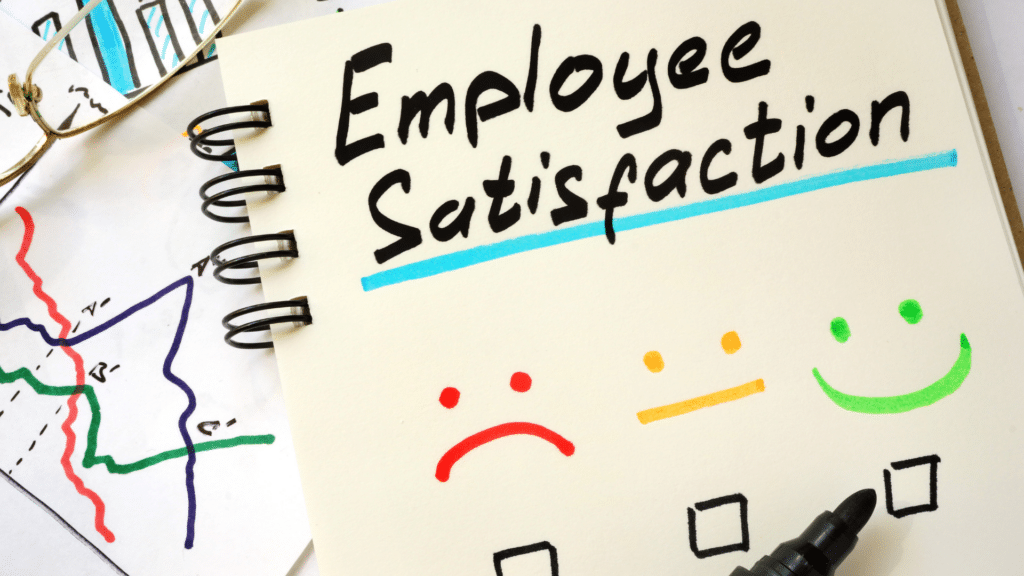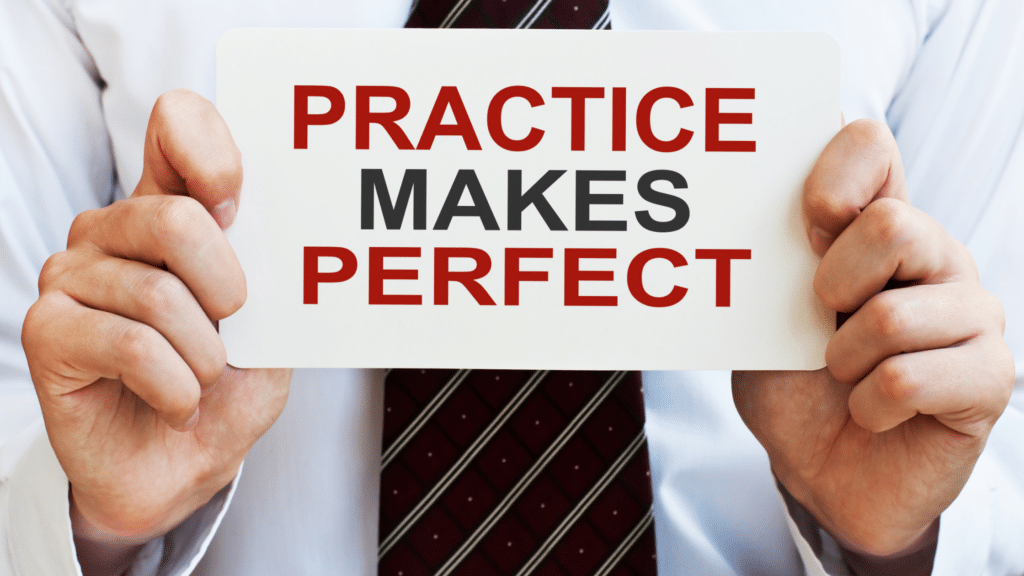
How to Keep Your Employees Happy
The question that every HR manager or company owner should be asking themselves on a regular basis is “Are my employees happy?“ Or more specifically, “What is the level of employee satisfaction and what can we do to improve it?” It has been proven that employee productivity goes hand-in-hand with employee satisfaction. Increased productivity equals and increase in revenue, which is a win for the company. Employees cannot be satisfied if they do not feel that their basic needs are being met in the job environment. If you are wondering how to keep your employees happy, you will have to make sure to provide opportunities for your employees to fulfill the following needs.

Physiological Needs
There is nothing worse for personal productivity than the distraction of needing to go to the restroom or listening to your stomach devour itself from hunger. While some go-getters like Chris Gardner may opt to forego drinking water while working altogether, that is not the option of most employees. Nurses and teachers also come to mind when it comes to not being able to take breaks to relieve themselves or having too little time to inhale their lunches. Ask any of these workers their satisfaction levels with their jobs, and likely their answers will be impacted by short lunch breaks and limited or non-existent bathroom breaks. Besides food and water, other physiological needs that impact the workplace include air, sleep, clothes, and shelter. If you see a worker lacking in one of these areas, you can bet that their productivity levels will be lacking as well. Help them fulfill that need, and you will see a marked increase in their productivity. A simple way to provide for these needs proactively would be having food delivered for your employees, having a food/clothing allowance for employees, providing snacks and coffee/water in the breakroom, and paying attention to any behaviors that might indicate a change in housing situation such as arriving to the job and getting ready there.

Safety Needs
Once an employee’s physiological needs have been sufficiently met, the next level of Maslow’s hierarchy of needs is safety. Safety needs include the area of health, personal security, emotional security, and financial security. You may think to yourself, I have zero control over my employee’s health. While that may technically be true, there are things you can do to promote health in your employees. Offering health benefits, a health and wellness program with incentives, or offering healthy options in the vending machine are a few ways to promote the health of your employees. You can promote personal security by making sure there are working cameras in all common areas as well as in the parking lot of your location. Reviewing emergency procedures for natural disasters or for an emergency health or security situation will ensure your employees that their safety needs are being met. Help employees meet their emotional needs by allowing for mental health days, offering mental health services through insurance, and making sure to build in sufficient breaks throughout the workday for your employees to emotionally regroup. You should also build a company culture of acceptance, which can be done through teambuilding activities that focus on building acceptance and teamwork.

Belonging Needs
When physiological and safety needs have been met, employees will then seek to fulfill their need to belong. While employers have no control the aspect of belonging that has to do with love, family, and intimacy, they do have some say with their employees’ need for acceptance, respect, and building trust. Simply having a policy that is anti-discriminatory in nature will not necessarily make sure these needs are fulfilled. You as an HR manager or business owner must actively seek to provide opportunities for your employees to build a culture of acceptance, respect, and trust. A perfect way to do that is through long-term team building activities such as language training or intercultural training.

Esteem Needs
Self-esteem is dual-faceted concept. There is the “lower” version that is developed through receiving respect from others. Employees gain the “lower” version of self-esteem by gaining status, recognition, fame, prestige, and attention. A few of these can be given in the workplace. Status needs can by fulfilled by offering the opportunity for promotions. Recognition can be given for a job well done via email, an employee of the month program, and presenting awards. Attention needs to be given on an individual level as well as a team level. Personally and physically going to your employees to recognize a job well done or to just inquire about your employees’ wellbeing will go a long way to fulfill their “lower” esteem needs. Employees’ “higher” version of esteem requires they have “self-respect and can include the need for strength, competence, mastery, self-confidence, independence, and freedom.” Offering your employees a way to develop their competences and mastery of skills without penalties will do wonders for their self-confidence. Treating them like professionals once they have become competent and mastered skills will increase their “higher” self-esteem as well.

Cognitive Needs
Once you move above the esteem needs level in Maslow’s hierarchy, you then move into the growth portion of the pyramid of needs. The first level in the growth portion is a person’s cognitive needs. Aspects of cognitive needs are creativity, foresight, curiosity, and meaning. Offering opportunities for employees to display their creativity will help provide for their cognitive needs. Offering opportunities for employees to explore areas that they are curious about will also help provide for their cognitive needs. Those with high cognitive needs also have the need for information, comprehension, and meaning of things. These will be your brainstormers and deliberators. Offer opportunities for them to hold brainstorming and deliberation sessions before starting a new project and at checkpoints along the way.

Aesthetic Needs
I know what you are thinking, “Now you are just being ridiculous. There is no way I am paying for my employees to go get their eyebrows waxed!” The good news is that your employees’ aesthetic needs have nothing to do with their own physical beauty. It relates to the ability to see beauty in their lives on a day-to-day basis. Promoting a person’s aesthetic welfare includes providing opportunities to see beautiful imagery and to have novel and aesthetically pleasing experiences. Experiences out in nature or that point employees’ attention to the naturally occurring beauty around them will provide for their aesthetic needs. You can provide these opportunities through perhaps a picture scavenger hunt outside or other out-of-the box team-building activities. Perhaps some murals on the walls of your office building or large windows into a well-kept grounds can also provide for your employees’ aesthetic needs.

Self-actualization
The ability to reach someone’s full potential encompasses the concept of self-actualization. Do everything they can to become the best they can be to do the most they can do. Top level of productivity, anyone? People with high self-actualization needs are those who want to be the very best at whatever role they are given. These are the kind of people you want in leadership roles within the company. Their fire will spread to others and thus increase productivity. Self-actualization is the goal that all other needs in Maslow’s hierarchy seek to fulfill. All previous needs must be met before self-actualization will be possible. People who are focusing on their own self-actualization will be actively utilizing and developing their talents and abilities.






Responses